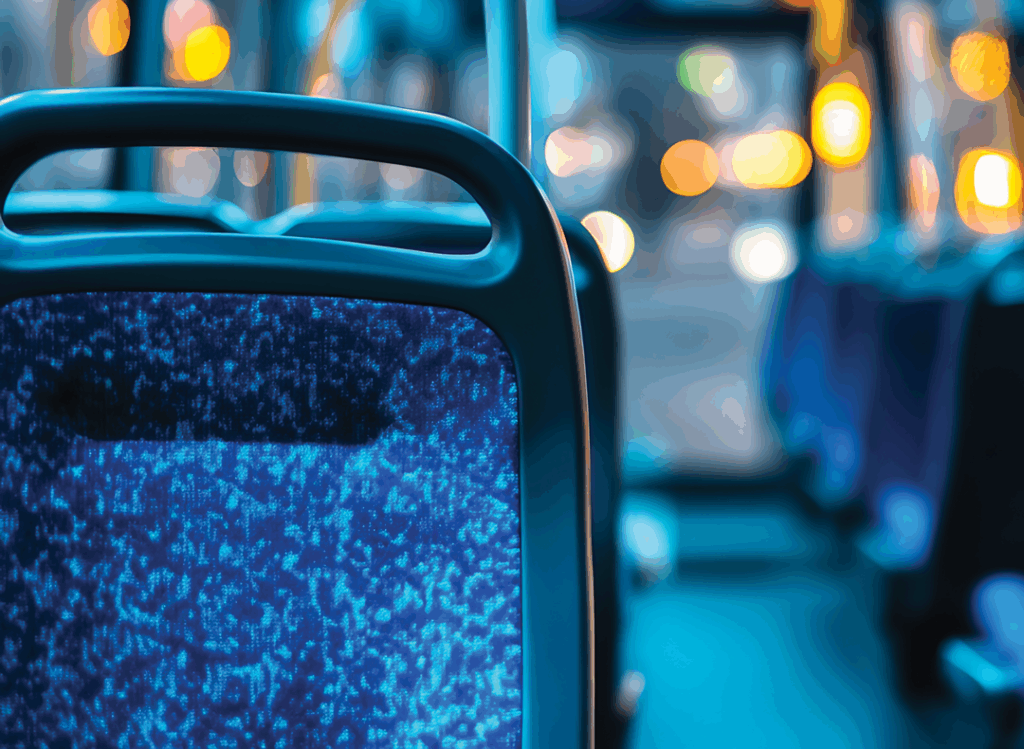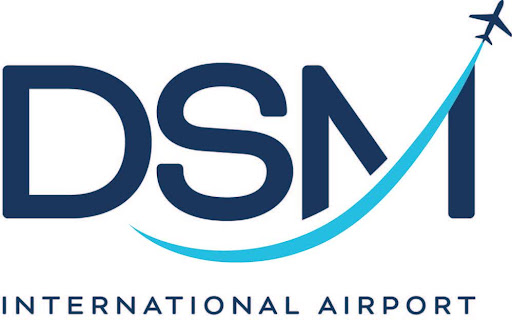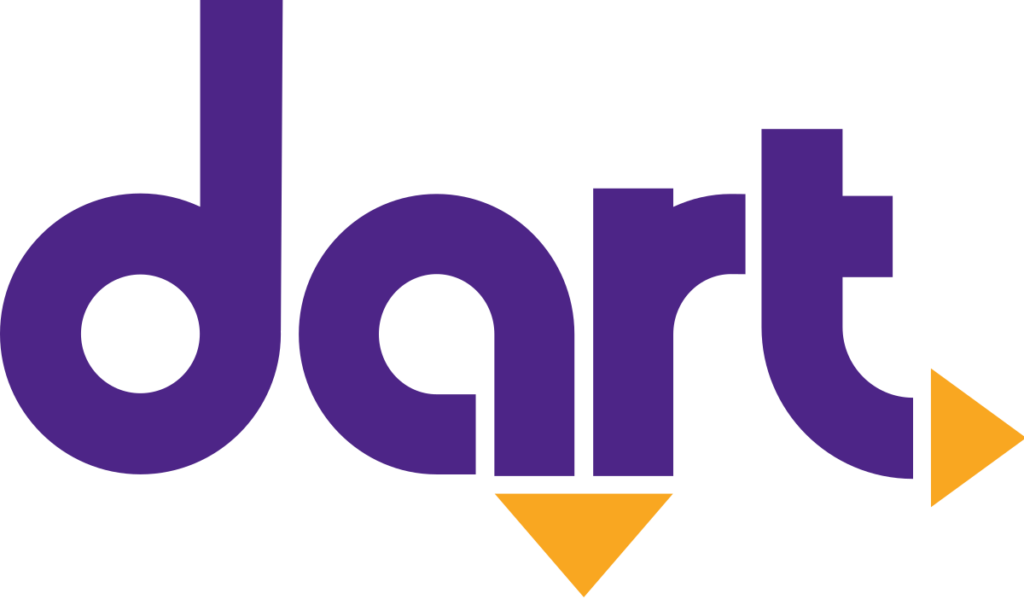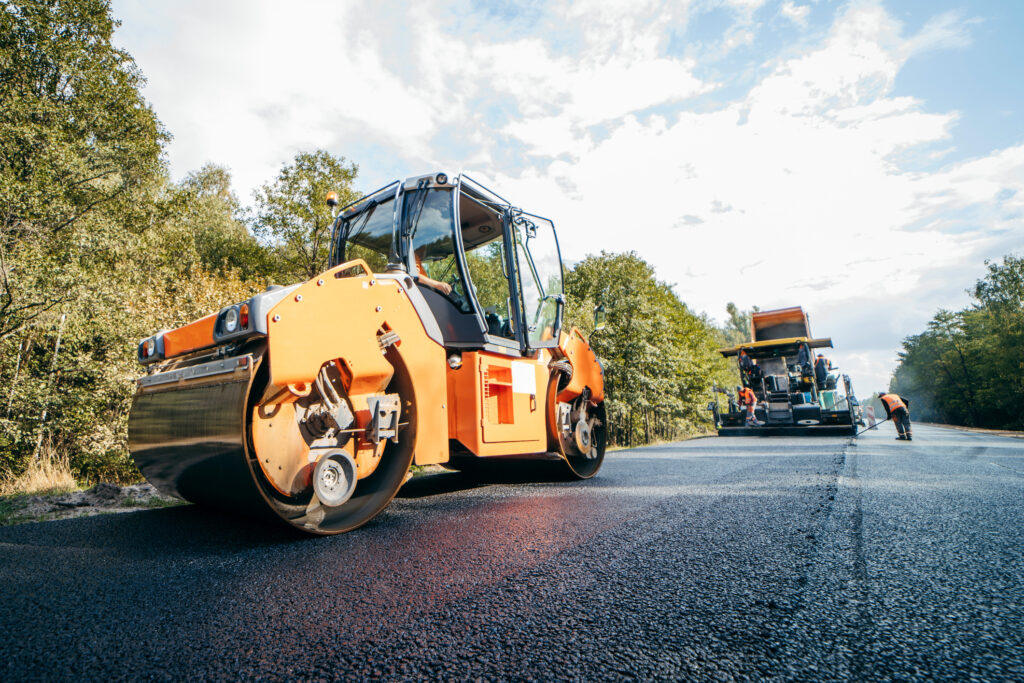What you need to know about Dart Forward 2035
This isn't your father's public transportation system - or at least it won't be for much longer.

This isn’t your father’s public transportation system – or at least it won’t be for much longer.
The Des Moines Area Regional Transit Authority (DART) recently unveiled its DART Forward 2035 long-term plan.
The plan represents a framework for how DART can become a truly regional bus system in Greater Des Moines. It also will present a radical shift in the way the system operates, aiming to provide more frequent service.

What’s changing
• Routes: The plan focuses less on changing routes and more on improving what officials call the network of DART, making it easier to get to more places more frequently. There are plans for splitting some current routes into two separate routes to simplify the time schedule for riders. Also, some routes will be realigned to serve what DART believes will be more riders than the current route. Route 91, which starts in Johnston, was shifted from Beaver Avenue to Merle Hay Road. Routes 11 and 5 will be scaled back in service after people spoke against DART’s original plan to cut them during public meetings. DART is also building in more flex routes in suburban areas.
• Peak express/reverse commute: Officials want to make it easier for people to commute to and from work without having to wait on the bus. To do that, they plan to up the number of trips from the suburbs to downtown – and vice versa – during peak commuter times. DART is putting an emphasis on getting people to the suburbs for work as opposed to just getting people downtown. Beyond peak hours, the plan calls for more routes to allow for spontaneous use through more frequent service.
• Crosstown routes: A major theme of the plan is making DART a more regional transit system. A big part of that is making it easier to get from one suburb to another without having to go downtown, which is what a “crosstown” route 50, along Douglas Avenue and Euclid Avenue, is intended to do. The route will meet up with route 51, which takes it all the way through Clive and West Des Moines. Route 52 will run from downtown to Clive and West Des Moines along Interstate 235 and loop around Jordan Creek Parkway, Mills Civic Parkway and Interstate 35. DART also hopes to add in more transfer points to allow other routes to connect and function as a crosstown service.
• Circulator loops: Long-term 2035 plans call for a circulator route in West Des Moines and Ankeny. Other plans include express services that primarily circulate in the core of downtown.
• Bus-rapid transit: DART is exploring an idea called bus-rapid transit on a new loop on University and Ingersoll avenues between 42nd Street and downtown. Bus-rapid transit is described as a rail system using buses. The loop could potentially allow buses to change traffic lights, making for more frequent arrival times. Officials hope to have the route itself in place by next year, and funding will determine when they are able to add elements of bus-rapid transit.
Quality of life

As DART Commission Chairperson Angela Connolly puts it, one of the important things people look for in a city, behind oceans and mountains, is public transportation.
“I think people really want to have options,” Connolly said. “And we’ve got 80,000 people working downtown, we have a lot of people that work out of the suburbs – they want to be able to use public transportation. That’s what we heard.”
Right now, DART doesn’t necessarily make it easy for people to use the bus, with long wait times and low frequencies. The plan is designed to make it easier for people to walk up to a bus stop and know their ride will arrive within 15 minutes. More transfer points will also make it easier to get across the metro more quickly.

“By improving our public transit system it only enhances our ability to attract a business to Greater Des Moines,” she said. I don’t know that we’ll necessarily know until it’s too late that we lost out on an opportunity because we haven’t invested enough in our public transit system to attract that business.”
The cost
DART is proposing property tax increases of between 10 and 17 cents per $1,000 valuation next year, and between 8 and 12 cents during each of the next four fiscal years after that. For a commercial parcel valued at $1 million, that would add up to a 5-year total of anywhere between a $420 and $650 increase.
“It is going to cost more money,” Presutti said. “The feedback that I’ve gotten to date is people recognize that we’re at a fork in the road. We either move forward or we kind of go backwards. I think everybody wants to see DART be successful and move forward, and part of that is improving the level of service that we offer to the community.”
Connolly pointed out that the tax increase is not just because of the plan. DART faces a $5 million budget gap in fiscal year 2015, and would have to ask for a levy increase anyway.
“We had to decrease routes two years ago; we’ve been struggling with our budget really ever since we tinkered with the (funding formula) in 2008,” Connolly said.
The plan provides an integral piece of the puzzle. Before, DART officials didn’t feel confident in raising tax rates until they had a plan to show the member communities what they would get in return for paying more. Officials say early reviews of the plan have been good.
Think as a region
DART recently celebrated its fifth birthday as a regional transit system. The 2035 plan is a key document in making the system truly regional, officials say.
When DART was formed, there was no such plan, which made the transition, and getting communities to commit financially to the service, difficult.
“We had several requests, particularly as we went through the funding formula changes (in 2008), about really wanting to see what DART was going to do in the future,” Presutti said. “We didn’t have any documents or hadn’t looked at the system from a regional perspective, and that’s what this plan has accomplished.”

“At the end of the day, if it’s done right, I think it can work,” Gayman said.
What can businesses do?
Gayman would like to see efforts by private companies to embrace the bus service.
“I think right now we’ve got a number of not only downtown employers, but we’ve got suburban employers that don’t know enough about DART and the services it offers,” he said. “These businesses need to look at that it may be cost-effective to participate financially in the DART program so I can get my employees from home to work and from work to home quickly and efficiently, and it may be beneficial at the end of the day for the employer as well.”
Gayman would like to see public-private partnerships between DART and businesses that could benefit from it. That could include businesses helping pay for the service. The payoff, he said, could include an ease of congestion, especially downtown, an easier way for employees to get to and from work and a more environmentally friendly method of travel.
“I think (businesses’) rebuttal is going to be, ‘Well it’s got to be dependable, it’s got to be fast, it’s got to be cost-effective’ – and it does,” Gayman said. “That’s what it all has to be.”
Gayman brought the idea up at the DART Commission meeting on Sept. 27 when the plan was passed, and challenged DART staff to see if they could reach out to businesses to see how they could best work together and make the situation a “win-win” for employees.
Implementation
DART is aiming to implement most changes by 2020, with some bigger idea-type goals on paper for 2035.
There will be changes immediately. Year one through three of implementation includes restructuring routes and discontinuing routes that are going away. It also includes continuously targeting routes on which the frequency can be upped. DART plans to implement the University/Ingersoll bus-rapid transit route in the third year.
Mid-term goals, defined as the four- to six-year time period, include increasing frequency in the urban core and building the crosstown route to the western suburbs.
Long-term goals, or goals that are expected to be implemented in seven to 10 years, focus on investing in additional spontaneous use routes.










